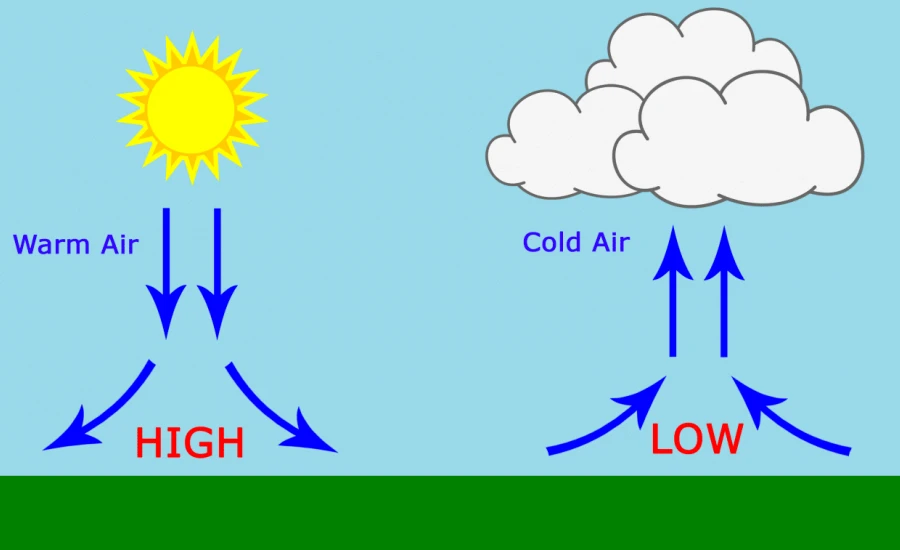
# Ambient Pressure Definition and Its Importance in Various Fields
## What Is Ambient Pressure?
Ambient pressure refers to the pressure of the surrounding environment at any given location. It is the force exerted by the atmosphere or any other surrounding medium on objects within it. Typically measured in units such as pascals (Pa), atmospheres (atm), or pounds per square inch (psi), ambient pressure varies depending on altitude, weather conditions, and other environmental factors.
At sea level, the standard ambient pressure is approximately 1 atmosphere (atm), which equals 101,325 pascals or 14.7 psi. As altitude increases, ambient pressure decreases due to the reduced weight of the air column above.
## The Role of Ambient Pressure in Different Fields
### 1. Aviation and Aerospace
In aviation, understanding ambient pressure is crucial for aircraft performance and safety. Pilots rely on altimeters, which measure ambient pressure, to determine altitude. Changes in pressure can affect engine efficiency, cabin pressurization, and flight dynamics.
### 2. Scuba Diving
Scuba divers must account for ambient pressure changes as they descend or ascend in water. The pressure increases by approximately 1 atm for every 10 meters of depth, affecting gas solubility in the bloodstream and requiring careful decompression to avoid conditions like decompression sickness (“the bends”).
### 3. Meteorology
Meteorologists use ambient pressure measurements to predict weather patterns. High-pressure systems often bring clear skies, while low-pressure systems are associated with storms and precipitation. Barometers are essential tools for tracking these changes.
### 4. Industrial Applications
Many industrial processes, such as vacuum packaging, chemical manufacturing, and HVAC systems, depend on precise control of ambient pressure. Maintaining optimal pressure conditions ensures product quality, safety, and efficiency.
### 5. Medical Field
In medicine, ambient pressure plays a role in hyperbaric oxygen therapy, where patients breathe pure oxygen in a pressurized chamber to treat conditions like carbon monoxide poisoning or non-healing wounds. Conversely, low-pressure environments, such as those at high altitudes, can impact respiratory and cardiovascular health.
## Measuring Ambient Pressure
Several instruments are used to measure ambient pressure:
– Barometers: Measure atmospheric pressure, commonly used in weather forecasting.
– Manometers: Compare pressure differences, often in industrial settings.
– Altimeters: Determine altitude based on pressure changes, essential in aviation.
## Conclusion
Ambient pressure is a fundamental concept with wide-ranging implications across multiple disciplines. From ensuring safe air travel to enabling advanced medical treatments, understanding and controlling ambient pressure is vital for both everyday life and specialized applications. As technology advances, the ability to measure and manipulate ambient pressure continues to open new possibilities in science and industry.
Keyword: ambient pressure definition